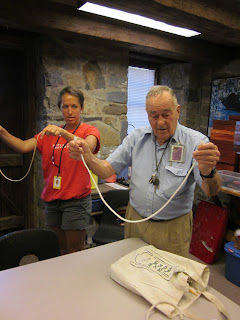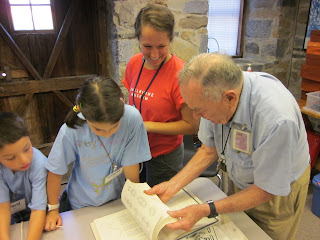At last, I can once again get my hands in the dirt and get this new gardening season started! I know what you're thinking, it's winter! But I have to get an early start if I want beautiful, robust plants come planting time in May.
I've recieved the Geranium seed I ordered in January, and because they need a long growing time before they are ready to be planted in the garden, I have to sow these seeds now!
It's only been 4 days since I sowed the seeds and already they have started germinating!
With the exact growing conditions that they require, you will have great success.
At the end of each growing season I winter over a supply of geraniums which I keep growing on a sunny windowsill. Geraniums make great winter houseplants, all they need is bright light, fertilizer every now and then, and very little water. I use mine to take cuttings from. It's a quick and easy way to duplicate the number of geranium plants you have, and it saves you a lot of money too.
To take a cutting, select a 2-4 inch length of stem and cut it off above a leaf. Peel off the bottom leaves on the stem and any flower buds, leaving 2 leaves at the top.
To improve success rates, dip the base of each cutting in a small amount of rooting hormone to stimulate root growth. Press the cutting into the bed of soil and press the soil firmly around the plant so that the stem is supported and until it begins to grow a new root system. Space the cuttings out about three inches to give them room to grow.
Put the new cuttings in a warm location but not in direct light. Do not cover the plants, as this can encourage mildew to develop on the leaves. Water the cuttings sparingly for the first week and then increase watering to keep soil moist.
In about 4-5 weeks, you should feel some resistance when you gently tug on the cuttings. This tells you the cuttings have rooted and can soon be transplanted in a bigger pot and be exposed to more direct sunlight. At that time we will be moving all the young plants out to our greenhouse.
Jess Gallas
Shelburne Museum Head Gardener












